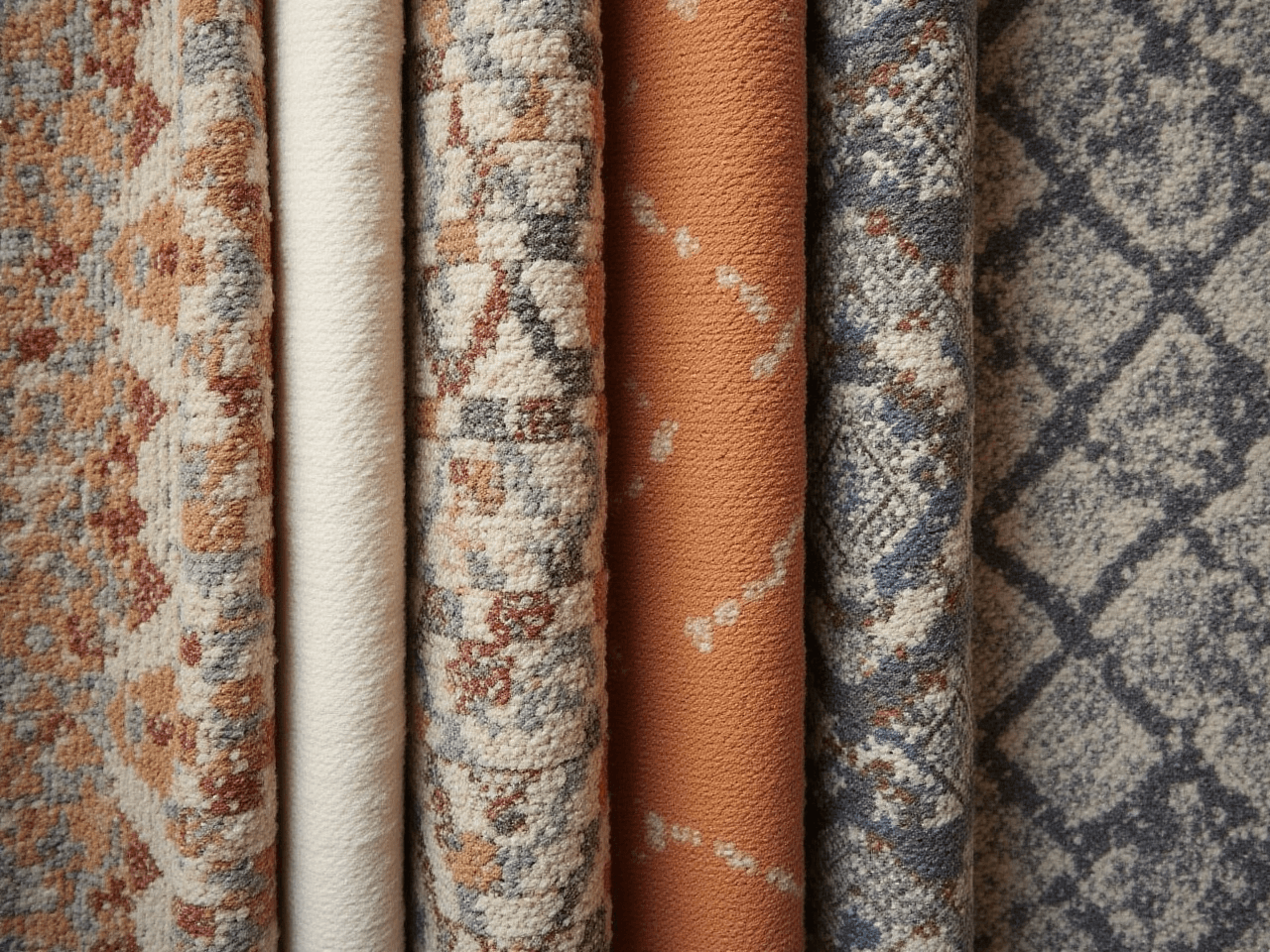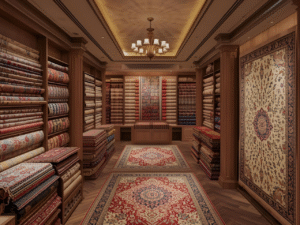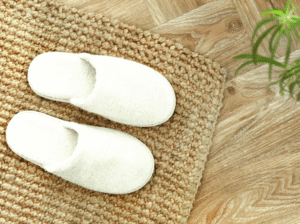Handmade rugs occupy a special place across cultures, blending functionality with artistry. From the vivid patterns of Persian carpets to the minimalistic elegance of Tibetan knot rugs, handmade rugs are more than floor coverings—they’re cultural artifacts and an expression of centuries-old craftsmanship. Knowing how to differentiate between types of handmade rugs isn’t just useful for designers and homeowners; it deepens your appreciation of their cultural significance and craftsmanship.
This guide will walk you through not just what handmade rugs are called but also their unique types, regional names, and how to identify genuine craftsmanship.
General Terms Used for Handmade Rugs
Handmade Rugs vs. Machine-Made Rugs
Handmade rugs are meticulously crafted by skilled artisans who often take months or years to complete a single piece. Machine-made rugs, by contrast, are mass-produced, making them faster and cheaper but lacking the unique artistry and durability of their handmade counterparts.
Here are some common terms that you’ll come across when discussing handmade rugs:
- Hand-Knotted Rugs: Traditional and highly durable, made by tying individual knots.
- Hand-Tufted Rugs: Created by punching threads into a canvas, offering a quicker, more affordable alternative.
- Flat-Weave Rugs: Lightweight rugs made without knots, creating a distinct flat texture.
- Dhurries: A type of flat-woven rug commonly found in India.
These terms often reflect the rug’s crafting technique, quality, and geographical origin.
Popular Types of Handmade Rugs & Their Unique Names
Hand-Knotted Rugs
Also known as Persian rugs or Oriental rugs, hand-knotted rugs represent the pinnacle of artistry in carpet weaving. Each knot is individually tied to create complex patterns and designs, making these rugs highly durable and valuable. Examples include:
- Persian Carpets (Iran): Known for intricate floral patterns and unparalleled detail.
- Kashmiri Carpets (India): Luxurious silk-based rugs with exquisite artistry.
- Oriental Rugs (Various): A broad term covering traditional hand-knotted rugs from regions like Turkey, Iran, and Central Asia.
Hand-Tufted Rugs
While designed to mimic the look of hand-knotted rugs, hand-tufted rugs are created using a tufting gun to insert threads into a canvas base. This technique speeds up production, making them a more affordable option for home decorators. They are often referred to simply as “tufted carpets.”
Flat-Weave Rugs
Flat-weave rugs are crafted by weaving threads directly onto a loom without knots, resulting in a reversible and lightweight product. Popular flat-weave rug styles include:
- Dhurries (India): Known for their bold geometric designs and durability.
- Kilim Rugs (Turkey/Iran): Featuring intricate patterns woven into vibrant, colorful designs.
- Soumak Rugs (Caucasus): Characterized by a unique braid-like texture on their surface.
Regional Names for Handmade Rugs
Different regions have their unique weaving techniques and styles, which have become synonymous with the places they originate from. Here’s a quick look at some popular regional rug names:
India
- Bhadohi Carpets: Vibrant and affordable flat-weave rugs, perfect for everyday use.
- Kashmiri Carpet: Exquisite silk-based rugs, often used in luxury interiors.
- Jaipur Rug: Known for blending traditional patterns with modern aesthetics.
Iran
- Persian Carpet: Globally renowned for their meticulous craftsmanship.
- Tabriz Rugs: Featuring floral or hunting scene motifs.
- Isfahan Rugs: Elegant silk rugs, favored for their intricate designs.
Turkey
- Kilim: Woven with bold patterns and bright colors, ideal for rustic interiors.
- Oushak Rugs: Soft, muted tones make these rugs a favorite in contemporary designs.
Morocco
- Beni Ourain Rugs: Minimalist wool rugs with black geometric lines on a cream base.
- Berber Rugs: Handwoven by Berber tribes, these rugs reflect rich cultural symbolism.
Nepal/Tibet
- Tibetan Knot Rugs: Known for their durability and rich history, often featuring Tibetan Buddhist motifs.
How to Identify a Genuine Handmade Rug
Want to ensure your investment in a rug is authentic? Here’s how to spot a genuine handmade rug:
- Knots on the Back
Flip the rug over. Handmade rugs show individual knot patterns that machine-made rugs lack.
- Slight Irregularities
Perfection isn’t the goal here. Handmade rugs often have minor inconsistencies that highlight their authenticity.
- Natural Dyes and Materials
Handmade rugs often use natural materials like wool and silk, dyed using traditional, eco-friendly methods.
- Artisan Label or Certification
Reputable handcrafted rugs often come with artisan certifications or labels that verify their origin and craftsmanship.
When in doubt, consult an expert or choose a trusted brand like The Ambiente, which values both heritage and quality.
Understanding Handmade Rugs Enhances Your Home and Knowledge
Handmade rugs are more than functional; they are works of art that bring character and warmth to any space. Whether you’re drawn to a bold Kilim, an opulent Persian carpet, or a minimalist Beni Ourain, understanding the terminology and history behind these rugs ensures you make an informed choice.
At The Ambiente, we take pride in connecting you with beautifully crafted handmade rugs that resonate with both tradition and contemporary design. Our carefully curated collections include styles for all tastes, from everyday essentials to heirloom pieces. Begin your rug story with us today.
Explore The Ambiente’s Rug Collection for ethically sourced, artisan-made rugs rooted in heritage and crafted for modern living.





